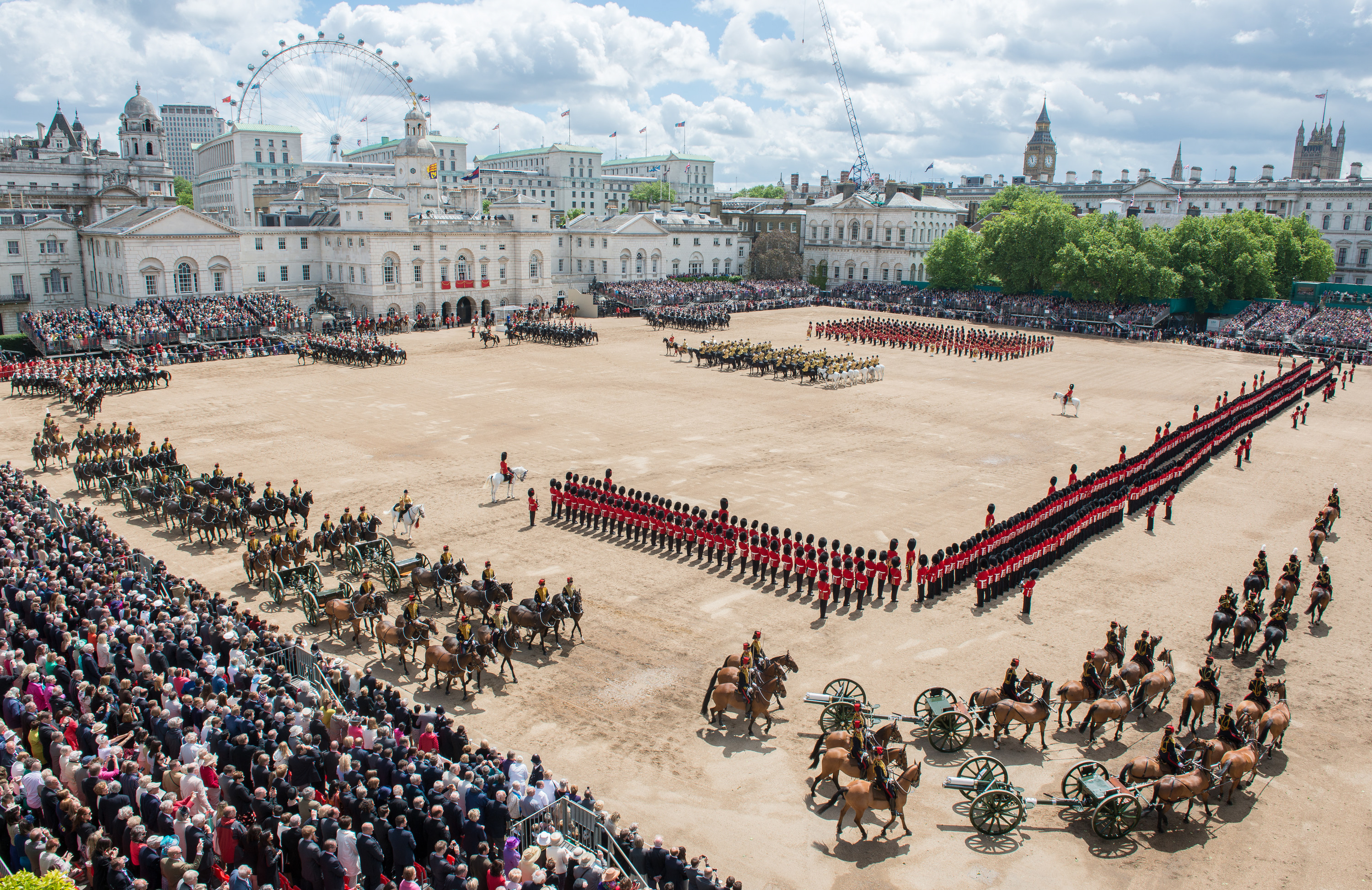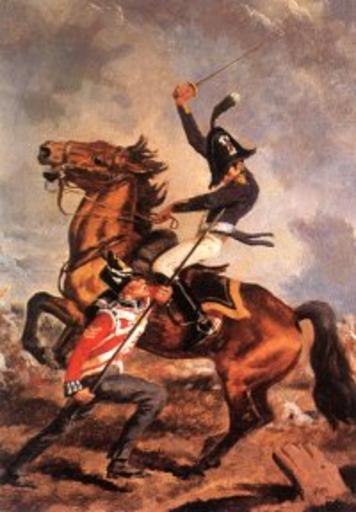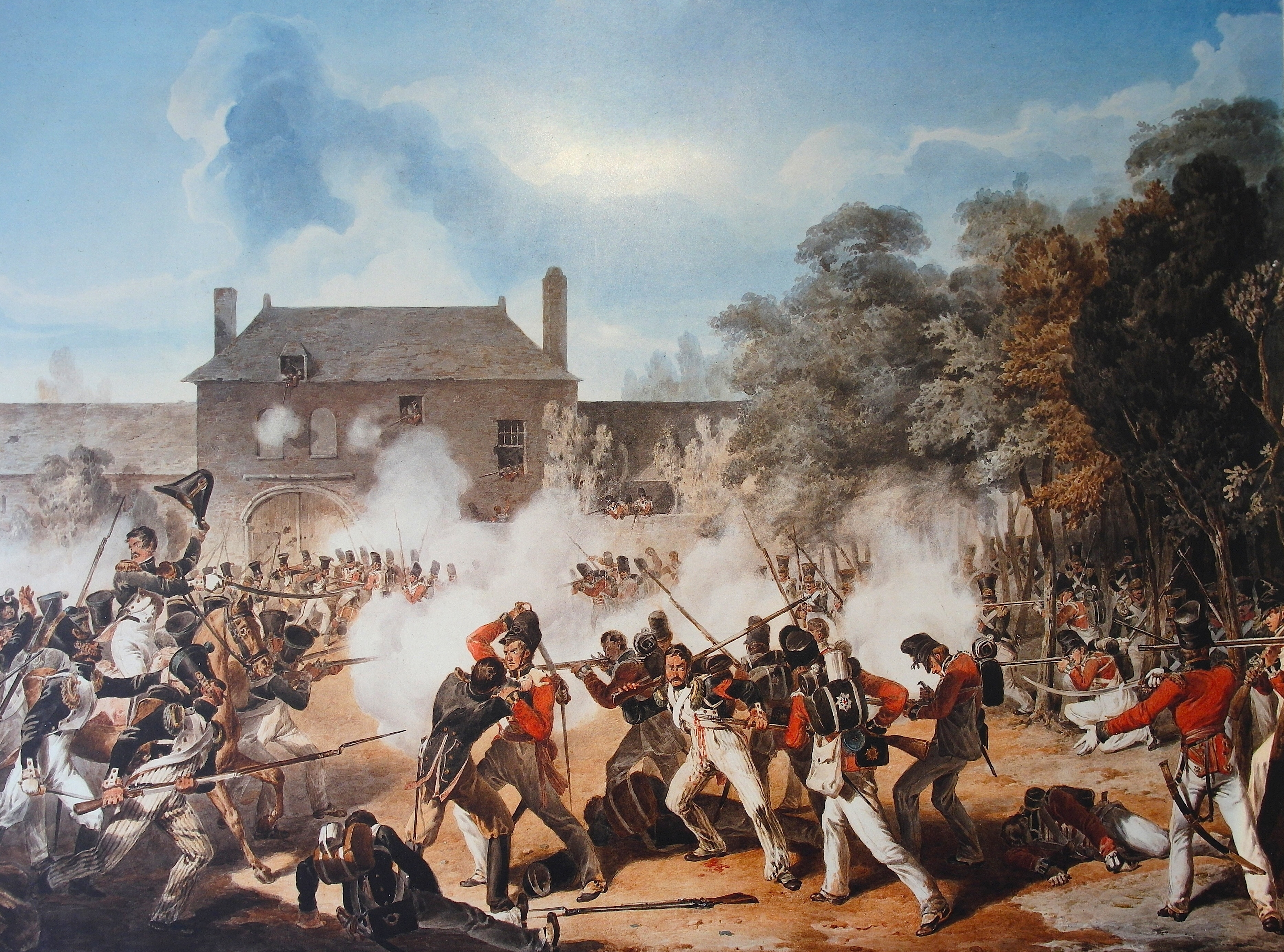|
Household Troops
The Household Division forms a part of the British Army's London District and is made up of five regiments of foot guards and two Household Cavalry regiments. The division is responsible for performing public duties and state ceremonies in London and Windsor. Such functions include the State Opening of Parliament, Trooping the Colour, and mounting the King's Guard. Composition In the United Kingdom, the Household Division consists of seven regiments, giving rise to the division's motto of ''Septem juncta in uno'' (Latin for 'seven joined in one'). The Household Division is made up of the Household Cavalry, which includes the Life Guards and the Blues and Royals, as well as five regiments of foot guards – the Grenadier Guards, Coldstream Guards, Scots Guards, Irish Guards and Welsh Guards. The Household Division also includes the following incremental companies: Nijmegen Company – Grenadier Guards, No 7 Company – Coldstream Guards, F Company – Scots Guards, Numbers ... [...More Info...] [...Related Items...] OR: [Wikipedia] [Google] [Baidu] |
Heraldic Badge
A heraldic badge, emblem, impresa, device, or personal device worn as a badge indicates allegiance to, or the property of, an individual, family or corporate body. Medieval forms are usually called a livery badge, and also a cognizance. They are para-heraldic, not necessarily using elements from the coat of arms of the person or family they represent, though many do, often taking the crest (heraldry), crest or supporters. Their use is more flexible than that of arms proper. Badges worn on clothing were common in the late Middle Ages, particularly in England. They could be made of base metal, cloth or other materials and worn on the clothing of the followers of the person in question; grander forms would be worn by important persons, with the Dunstable Swan Jewel in enamelled gold a rare survivor. Livery collars were also given to important persons, often with the badge as a pendant. The badge would also be embroidery, embroidered or appliqued on heraldic flag, standards, horse tra ... [...More Info...] [...Related Items...] OR: [Wikipedia] [Google] [Baidu] |
Trooping The Colour
Trooping the Colour is a ceremonial event performed every year on Horse Guards Parade in London, United Kingdom, by regiments of Household Division, to celebrate the King's Official Birthday, official birthday of the British sovereign, though the event is not necessarily held on that day. It is also known as the Sovereign's Birthday Parade. Similar events are held in other countries of the Commonwealth. In the UK, it is, with the State Opening of Parliament, the biggest event of the ceremonial calendar, and watched by millions on TV and on the streets of London. Historically, Colours, standards and guidons, colours were once used on the battlefield as a rallying point. They display the battle honours of a regiment and are a focal point of Trooping the Colour. The ceremony has marked the sovereign's official birthday since 1748. Each year, one of the five Foot guards#United Kingdom, Foot Guards regiments of the Household Division is selected to slowly troop (carry) its colour thr ... [...More Info...] [...Related Items...] OR: [Wikipedia] [Google] [Baidu] |
Welsh Guards
The Welsh Guards (WLSH GDS; ), part of the Guards and Parachute Division, Guards Division, is one of the Foot guards, Foot Guards regiments of the British Army. It was founded in 1915 as a single-battalion regiment, during the World War I, First World War, by Warrant (law), Royal Warrant of George V. Shortly after the regiment's formation, it was deployed to France where it took part in the fighting on the Western Front (World War I), Western Front until the end of the war in November 1918. During the inter-war years, the regiment undertook garrison duties in the United Kingdom, except between 1929 and 1930 when it deployed to Egypt, and late 1939 when it deployed to Gibraltar. The regiment was expanded to three battalions during the World War II, Second World War, and served in Battle of France, France, North African campaign, North Africa, Tunisian Campaign, Tunisia, Italian Campaign (World War II), Italy and Western Front (World War II), Western Europe. In the post war period, ... [...More Info...] [...Related Items...] OR: [Wikipedia] [Google] [Baidu] |
Irish Guards
The Irish Guards (IG) is one of the Foot guards#United Kingdom, Foot Guards regiments of the British Army and is part of the Guards Division. Together with the Royal Irish Regiment (1992), Royal Irish Regiment, it is one of the two Irish infantry regiments in the British Army. The regiment has participated in campaigns in the World War I, First World War, the World War II, Second World War, the Iraq War and the War in Afghanistan (2001–2021), War in Afghanistan as well as numerous other operations throughout its history. The Irish Guards claim six Victoria Cross recipients, four from the First World War and two from the Second World War. History The Irish Guards were formed on 1 April 1900 by order of Queen Victoria to commemorate the Irishmen who fought in the Second Boer War for the British Empire.Irish Guards Re ... [...More Info...] [...Related Items...] OR: [Wikipedia] [Google] [Baidu] |
Scots Guards
The Scots Guards (SG) is one of the five Foot guards#United Kingdom, Foot Guards regiments of the British Army. Its origins are as the personal bodyguard of King Charles I of England and Scotland. Its lineage can be traced back to 1642 in the Kingdom of Scotland, although it was only placed on the English Establishment in 1686. History Formation; 17th century The regiment now known as the Scots Guards traces its origins to the Marquis of Argyll's Royal Regiment, a unit raised in 1642 by Archibald Campbell, 1st Marquess of Argyll in response to the Irish Rebellion of 1641, 1641 Irish Rebellion. After the Restoration (England), Restoration of Charles II, the George Livingston, 3rd Earl of Linlithgow, Earl of Linlithgow received a commission dated 23 November 1660 to raise a regiment which was called The Scottish Regiment of Footguards. It served in the Battle of Bothwell Bridge, 1679 Covenanter rising of 1679, as well as Argyll's Rising in June 1685, after which it was expanded ... [...More Info...] [...Related Items...] OR: [Wikipedia] [Google] [Baidu] |
Coldstream Guards
The Coldstream Guards is the oldest continuously serving regular regiment in the British Army. As part of the Household Division, one of its principal roles is the protection of the Monarchy of the United Kingdom, monarchy; due to this, it often participates in state ceremonial occasions. The Regiment has consistently provided formations on deployments around the world and has fought in the majority of the major conflicts in which the British Army has been engaged. The Regiment has been in continuous service and has never been amalgamated. It was formed in 1650 as 'Monck's Regiment of Foot' and was then renamed the 'Lord General's Regiment of Foot Guards' after the Stuart Restoration, Restoration in 1660. With George Monck, 1st Duke of Albemarle, George Monck's death in 1670 it was again renamed the 'Coldstream Regiment of Foot Guards' after Coldstream, the location in Scotland from which it marched to help restore the monarchy in 1660. Its name was again changed to the 'Coldstre ... [...More Info...] [...Related Items...] OR: [Wikipedia] [Google] [Baidu] |
Grenadier Guards
The Grenadier Guards (GREN GDS) is the most senior infantry regiment of the British Army, being at the top of the Infantry Order of Precedence. It can trace its lineage back to 1656 when Lord Wentworth's Regiment was raised in Bruges to protect the exiled Charles II of England, Charles II. In 1665, this regiment was combined with John Russell's Regiment of Guards to form the current regiment, known as the 1st Regiment of Foot Guards. Since then, the regiment has filled both a ceremonial and protective role as well as an operational one. In 1900, the regiment provided a Cadre (military), cadre of personnel to form the Irish Guards; in 1915 it also provided the basis of the Welsh Guards upon their formation. The regiment's early history saw it take part in numerous conflicts including the War of the Spanish Succession, the War of the Austrian Succession, the Seven Years' War, and the Napoleonic Wars; at the end of this period the regiment was granted the "Grenadier" designation by ... [...More Info...] [...Related Items...] OR: [Wikipedia] [Google] [Baidu] |
Blues And Royals
The Blues and Royals (Royal Horse Guards and 1st Dragoons) (RHG/D) is a Cavalry regiments of the British Army, cavalry regiment of the British Army, part of the Household Cavalry. The Colonel (United Kingdom)#Colonel of the Regiment, Colonel of the Regiment is Anne, Princess Royal. It is the second-most senior regiment in the British Army. History Formation and service The regiment was formed in 1969 from the merger of the Royal Horse Guards, which was known as "the Blues" or "the Oxford Blues", and the 1st The Royal Dragoons, Royal Dragoons, which was known as "the Royals". Of these, the Blues were founded as a unit of the New Model Army, having been raised in 1650 by Sir Arthur Haselrig on orders from Oliver Cromwell; it was incorporated into the Stuart Restoration, Restoration army in 1660 and gained the title "Royal" in the 18th century. The Royal Dragoons were formed shortly after the Restoration, in 1661, composed of cavalry veterans of the New Model Army. Since formati ... [...More Info...] [...Related Items...] OR: [Wikipedia] [Google] [Baidu] |
Life Guards (United Kingdom)
The Life Guards (LG) is the most senior regiment of the British Army and part of the Household Cavalry, along with The Blues and Royals. History The Life Guards grew from the four troops of Horse Guards (exclusively formed of gentlemen-troopers until the transformation of the last two remaining troops into Regiments of Life Guards in 1788) raised by Charles II around the time of his restoration, plus two troops of Horse Grenadier Guards (rank and file composed of commoners), which were raised some years later.White-Spunner, p. xii * The first troop was originally raised in Bruges in 1658 as ''His Majesty's Own Troop of Horse Guards''. They formed part of the contingent raised by the exiled King Charles II as his contribution to the army of King Philip IV of Spain who were fighting the French and their allies the English Commonwealth under the Lord Protector Oliver Cromwell in the Franco-Spanish War and the concurrent Anglo-Spanish War. * The second troop was founded ... [...More Info...] [...Related Items...] OR: [Wikipedia] [Google] [Baidu] |
Latin
Latin ( or ) is a classical language belonging to the Italic languages, Italic branch of the Indo-European languages. Latin was originally spoken by the Latins (Italic tribe), Latins in Latium (now known as Lazio), the lower Tiber area around Rome, Italy. Through the expansion of the Roman Republic, it became the dominant language in the Italian Peninsula and subsequently throughout the Roman Empire. It has greatly influenced many languages, Latin influence in English, including English, having contributed List of Latin words with English derivatives, many words to the English lexicon, particularly after the Christianity in Anglo-Saxon England, Christianization of the Anglo-Saxons and the Norman Conquest. Latin Root (linguistics), roots appear frequently in the technical vocabulary used by fields such as theology, List of Latin and Greek words commonly used in systematic names, the sciences, List of medical roots, suffixes and prefixes, medicine, and List of Latin legal terms ... [...More Info...] [...Related Items...] OR: [Wikipedia] [Google] [Baidu] |
United Kingdom
The United Kingdom of Great Britain and Northern Ireland, commonly known as the United Kingdom (UK) or Britain, is a country in Northwestern Europe, off the coast of European mainland, the continental mainland. It comprises England, Scotland, Wales and Northern Ireland. The UK includes the island of Great Britain, the north-eastern part of the island of Ireland, and most of List of islands of the United Kingdom, the smaller islands within the British Isles, covering . Northern Ireland shares Republic of Ireland–United Kingdom border, a land border with the Republic of Ireland; otherwise, the UK is surrounded by the Atlantic Ocean, the North Sea, the English Channel, the Celtic Sea and the Irish Sea. It maintains sovereignty over the British Overseas Territories, which are located across various oceans and seas globally. The UK had an estimated population of over 68.2 million people in 2023. The capital and largest city of both England and the UK is London. The cities o ... [...More Info...] [...Related Items...] OR: [Wikipedia] [Google] [Baidu] |








